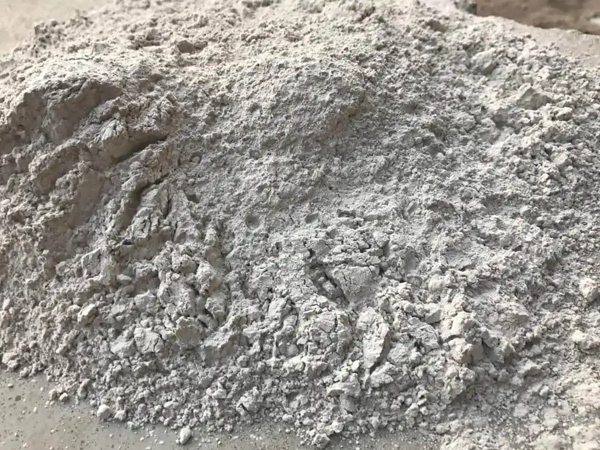The magical effect of fly ash in concrete

In modern construction projects, fly ash is widely used in concrete as an environmentally friendly and economical admixture. It can not only improve the working performance of concrete, but also improve its durability. However, the use of fly ash also has certain requirements. Let’s take a look at the scope of application and precautions of fly ash!
Scope of application of fly ash
Premixed concrete: Grade I and Grade II fly ash are widely used in premixed concrete due to their excellent performance, providing better quality concrete materials for construction.
Taboos for winter construction
During winter construction, especially when the temperature is below -10℃, due to the low early strength of fly ash concrete, it is necessary to pre-cure for a long time at positive temperature to reach the critical strength of antifreeze. Therefore, in this case, the insulation measures on the construction site are poor, the concrete is easily frozen, and fly ash should not be added.
Pressed concrete floors and concrete with deicing salt requirements: Fly ash should not be added to these special concrete requirements to avoid affecting the performance and durability of the concrete.
Extension of acceptance age
Fly ash concrete can extend the acceptance age of its design strength grade according to different project types and locations because of its positive contribution to later strength. This means that compared with ordinary concrete, fly ash concrete can reach the design strength in a longer period of time, providing a stronger guarantee for project quality.
